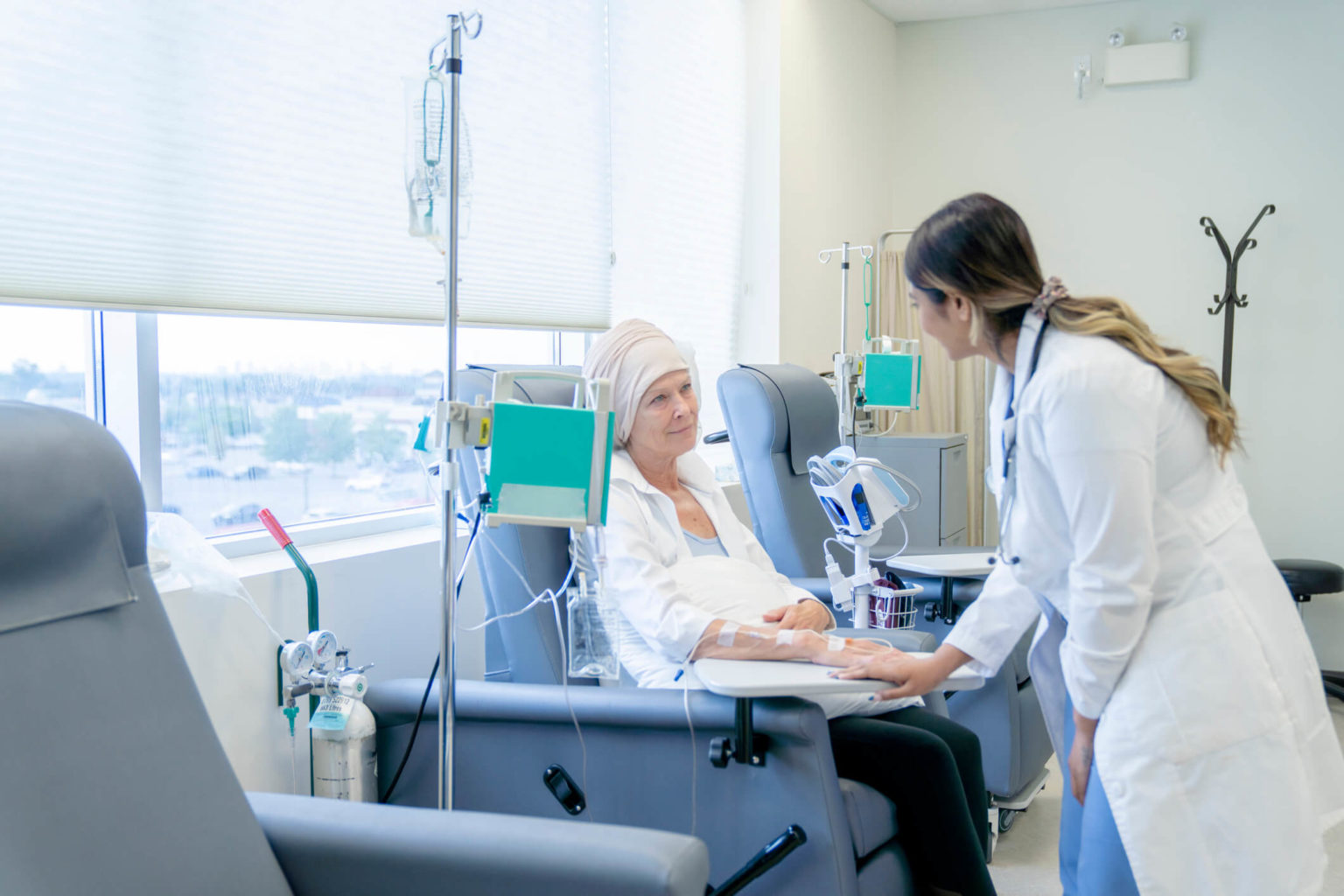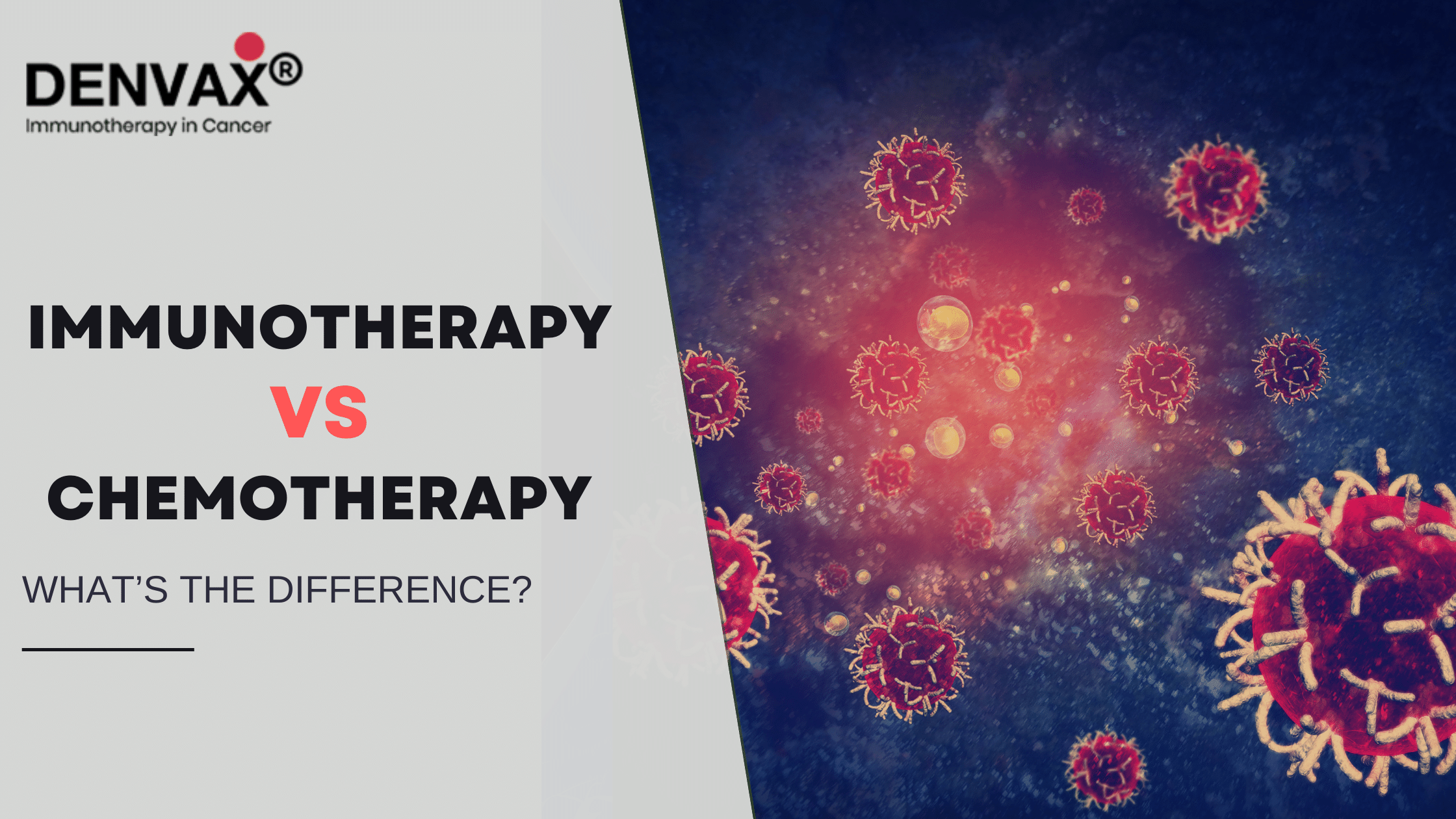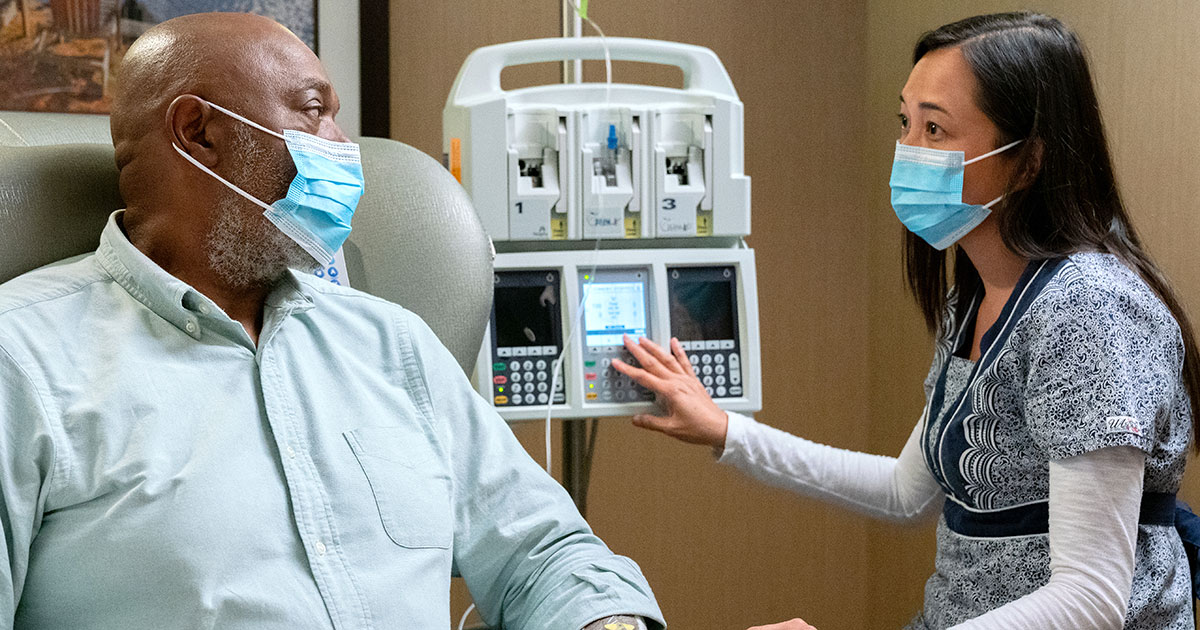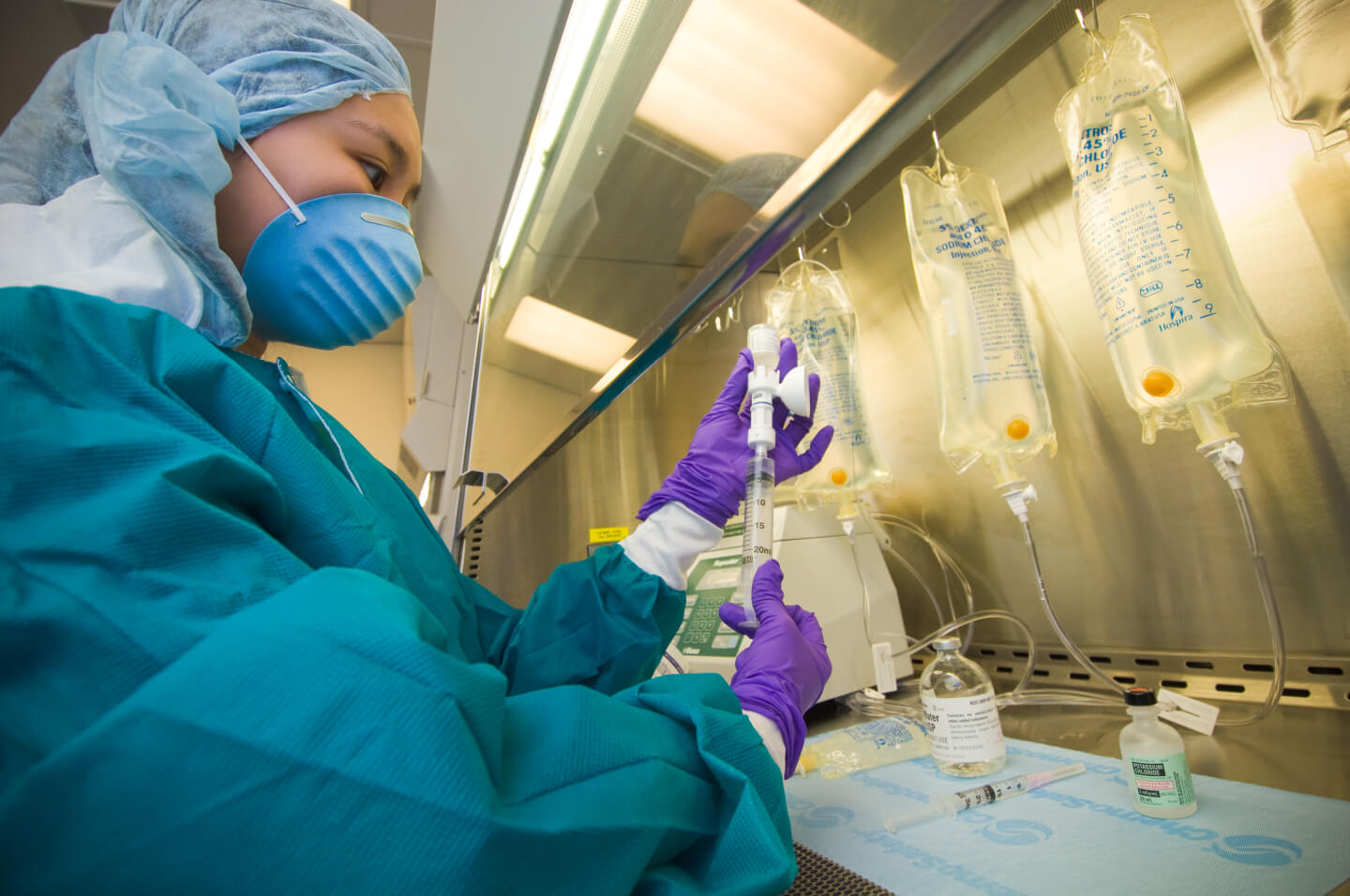How Chemotherapy Kills Cancer Cells: Mechanism & Side Effects
While chemotherapy’s effectiveness against cancer is clear, its impact on rapidly dividing healthy cells leads to various side effects. Drugs used in chemotherapy are designed to destroy rapidly proliferating cancer cells, but they are not always able to differentiate between dangerous and healthy cells. Common side effects like hair loss, nausea, exhaustion, and weakened immunity can result from this, as it can also impact other rapidly dividing cells, such as those found in the bone marrow, digestive tract, and hair.
This article explores the mechanism of chemotherapy, how it targets cancer cells, why healthy cells are sometimes affected, and what advancements are being made to make this life-saving treatment safer and more effective.
Mechanism of chemotherapy Action
Cancer cells are distinguished by one major trait: they divide rapidly and uncontrollably. Chemotherapy takes advantage of this feature. Most chemotherapy drugs are cytotoxic, which means they kill cells that divide rapidly.
Here’s how chemotherapy disrupts cancer cells:
1. DNA Damage and Structural Disruption: Certain chemotherapy medications cause direct harm to DNA, which prevents cancer cells from properly replicating. These changes often lead to cell death.
- Alkylating agents, such as cyclophosphamide and ifosfamide, add alkyl groups to DNA, which results in cross-linking and strand breaks that hinder normal replication.
- Platinum-Based Substances (such as carboplatin and cisplatin): Create powerful covalent bonds with DNA to break its structure and prevent it from unwinding, which is necessary for cell division.
2. Disruption of DNA Synthesis: Other drugs interfere with the construction of DNA itself. Rather than damaging existing strands, they sabotage the building process.
- Antimetabolites (e.g., methotrexate, 5-fluorouracil): Mimic natural DNA or RNA components and become mistakenly incorporated, halting proper synthesis and function.
3. Topoisomerase Inhibition: Topoisomerases are enzymes that help untangle and stabilize DNA during replication and repair. Inhibiting them causes replication stress and DNA strand breaks.
- Topoisomerase Inhibitors (e.g., etoposide, doxorubicin): Disrupt the replication process by preventing DNA repair and unwinding, leading to DNA damage and cancer cell death.
4. Disruption of Mitosis: Certain chemotherapy drugs interfere with the mechanical division of cells, specifically the chromosome separation that occurs during mitosis.
- Mitotic Inhibitors: vincristine, paclitaxel, and others. They stop the production of microtubules, which will stop cell division completely and stop chromosome separation.
But how does chemotherapy determine which fast-dividing cells are cancerous?
Why does chemotherapy target cancer rather than normal cells?
Although chemotherapy is not “smart” enough to target only cancer cells, it works more aggressively on cancerous tissues for a variety of reasons.
- High Proliferation Rate: Cancer cells divide much faster than most normal cells. Since chemotherapy drugs are developed to attack fast-dividing cells, cancer is hit harder.
- Weaker DNA Repair: Healthy cells can often repair minor DNA damage, while cancer cells usually have faulty repair systems, making them more vulnerable.
- Poor Apoptosis Control: Chemotherapy causes significant damage to cancer cells. Unlike healthy cells, which can repair or manage damage, cancer cells frequently have faulty apoptosis pathways. The damage either induces apoptosis or causes cell death through necrosis.
- Tumor Drug Accumulation: Because the blood vessels supplying tumors are abnormally leaky and the area drains poorly, chemotherapy drugs frequently accumulate more in tumors. This is known as the Enhanced Permeability and Retention (EPR) effect, which facilitates the drugs’ entry and retention.
Chemotherapy side effects
Cancer is not the only target of chemotherapy. It attacks any rapidly dividing cell, which includes some essential cells in the body. This results in the common side effects experienced by patients undergoing treatment.
Cells Commonly Affected by Chemotherapy
| Area | Common Side Effects |
| Bone Marrow | – Neutropenia (causes infection risk)
– Anemia (fatigue) – Thrombocytopenia (bleeding, bruising) |
| Gastrointestinal Tract | – Nausea and vomiting
– Diarrhea |
| Hair Follicles | – Loss of hair (Alopecia) |
| Reproductive Organs | – Hormonal changes
– Temporary or permanent infertility |
| Skin and Nails | – Dryness and rashes
– Nail discoloration – Increased sensitivity to infection |
While these side effects can be hurtful, they are often temporary and treatable with proper care.
How Doctors Minimize Side Effects
Doctors use a variety of strategies to protect healthy cells while increasing the impact on cancer:
- Dose optimization: Chemotherapy doses are carefully calculated to be effective but not overly toxic. Factors like weight, age, and liver and kidney function are taken into account.
- Combination Chemotherapy: Combining drugs with different actions allows for lower doses of each, reducing overall toxicity while maintaining anti-cancer effects.
- Targeted Drug Delivery: Technologies such as liposomes, antibody-drug conjugates (ADCs), and polymer-drug carriers seek to deliver chemotherapy drugs directly to tumors while sparing healthy tissues.
Protective Medications
Supportive medications include
- Growth factors: Help bone marrow recover faster.
- Anti-nausea agents: Reduce vomiting and motion sickness.
- Steroids and anti-inflammatories: Lower immune reactions and inflammation.
Advances in Cancer Treatment
Research is ongoing to make chemotherapy less harmful and more personalized. Here are some key breakthroughs:
- Targeted Therapy: These drugs target particular genes or proteins that are unique to cancer cells. For example, tyrosine kinase inhibitors are used in leukemia and breast cancer.
- Personalized Medicine: Oncologists can use genetic testing to tailor chemotherapy plans to individual patients based on their tumor profile, resulting in fewer side effects and improved outcomes.
- Immunotherapy: Rather than directly killing cells, these treatments stimulate the immune system to detect and eliminate cancer. Checkpoint inhibitors and CAR T-cell therapy are game changers.
- Nanotechnology: Drugs can now be delivered to cancer cells directly by nanoparticles, avoiding healthy cells and significantly lowering side effects.
Conclusion
Chemotherapy is a key weapon against cancer. Its power lies in its ability to target cells that are growing out of control. However, the challenge has always been its collateral damage to normal cells. Thankfully, modern oncology is rapidly evolving. With new technologies and personalized strategies, chemotherapy is becoming more precise, more tolerable, and more effective. By understanding how it works—and why side effects happen—patients and caregivers can be better prepared, both physically and emotionally, for the journey ahead.
Frequently Asked Questions (FAQs)
Why does chemotherapy cause hair loss?
Chemotherapy affects fast-growing hair follicle cells, resulting in temporary hair thinning or baldness. Hair usually grows back after treatment ends.
Can chemotherapy be given without affecting healthy cells?
Traditional chemotherapy inevitably harms some healthy cells. While complete avoidance isn’t possible, modern approaches like targeted therapy and protective drugs help reduce the damage.
Are all chemotherapy treatments the same?
No. Chemotherapy treatments vary by cancer type, stage, patient health, and drug combinations. Some are more aggressive; others are milder but longer-term.
Are chemotherapy side effects permanent?
After treatment, the majority of side effects go away. However, some, such as infertility or nerve damage, may have long-term consequences.
How has chemotherapy evolved?
With the advent of immunotherapy, targeted drugs, nanomedicine, and genetic profiling, chemotherapy is becoming safer and more personalized than ever.






